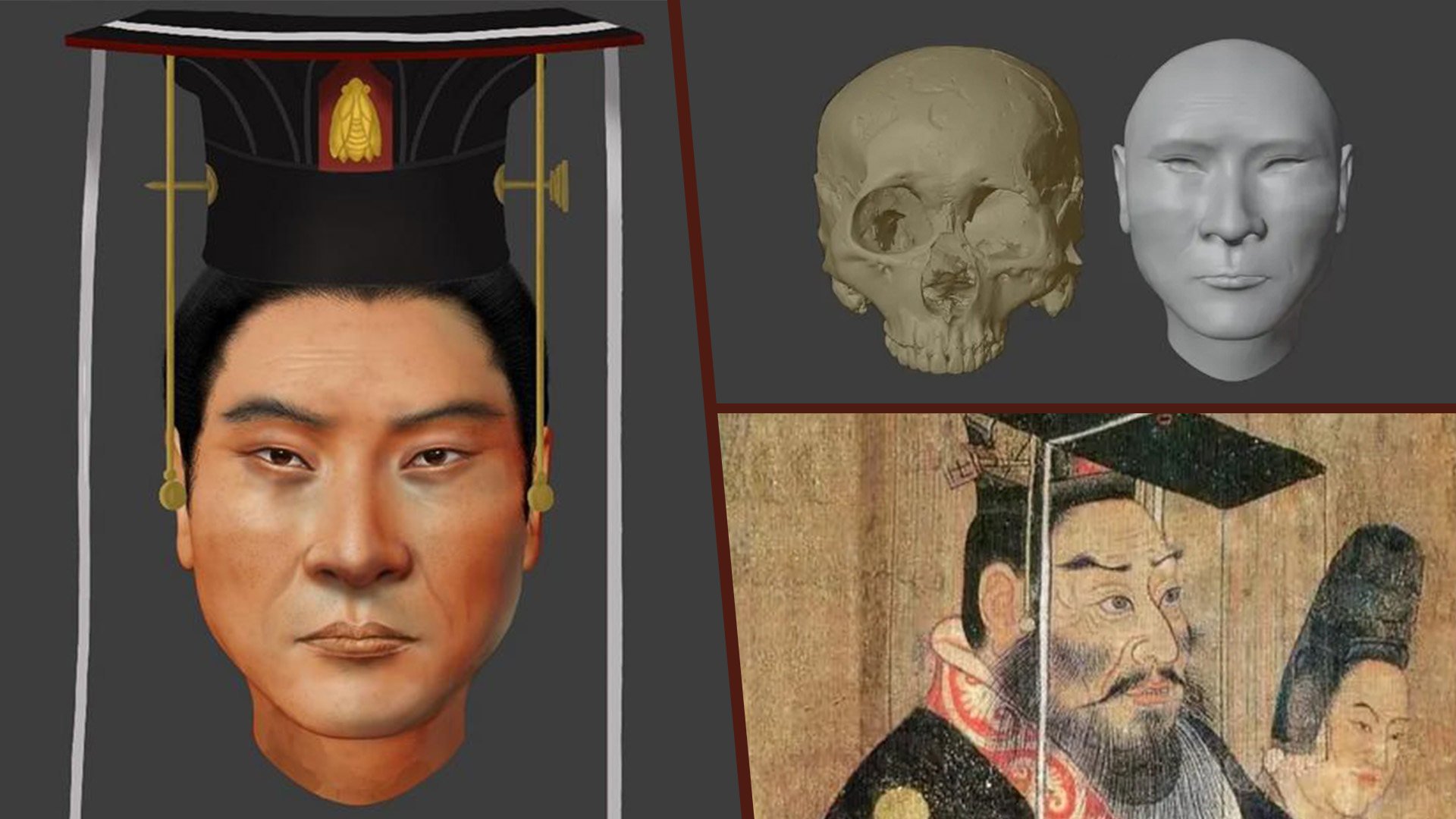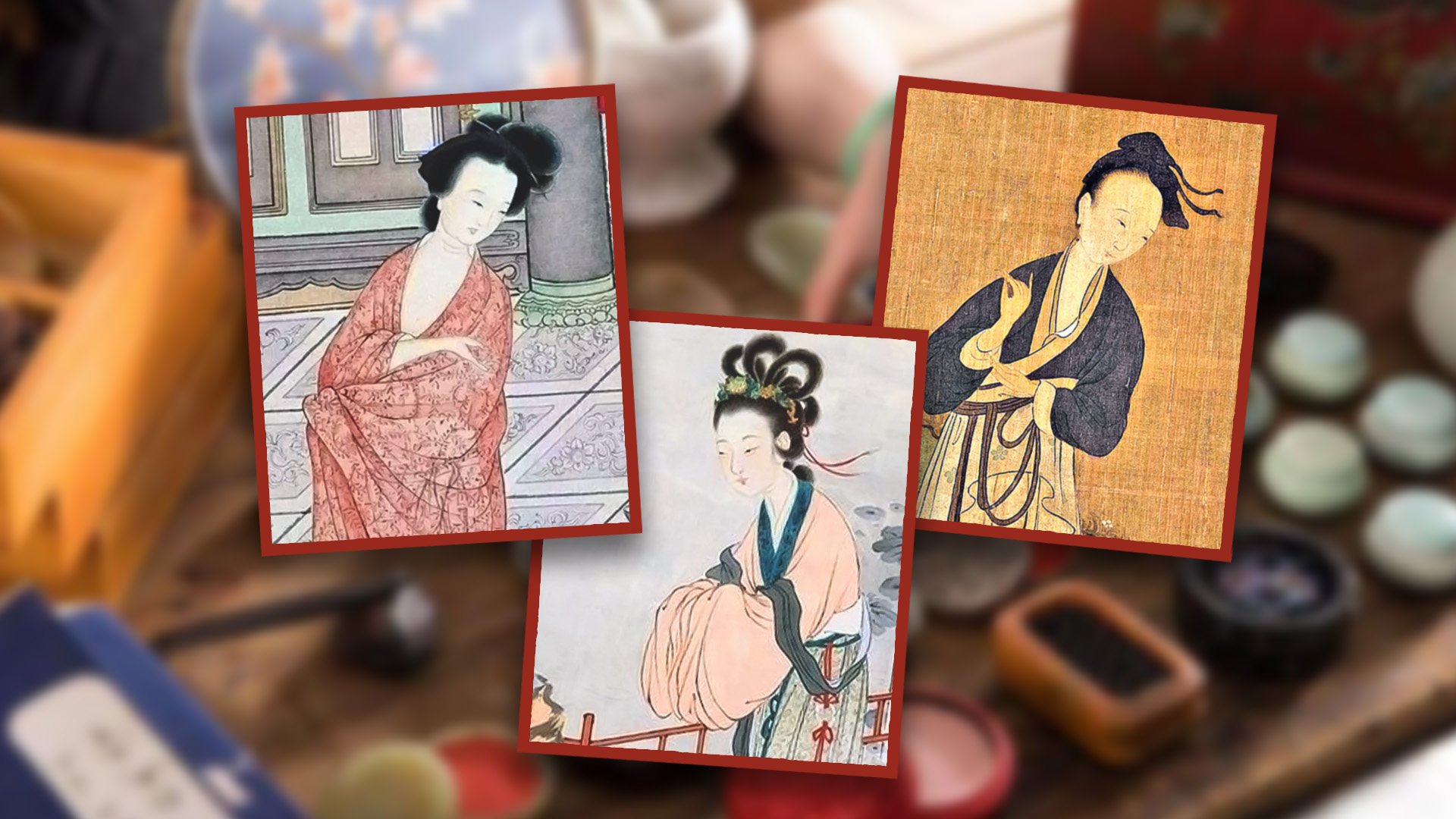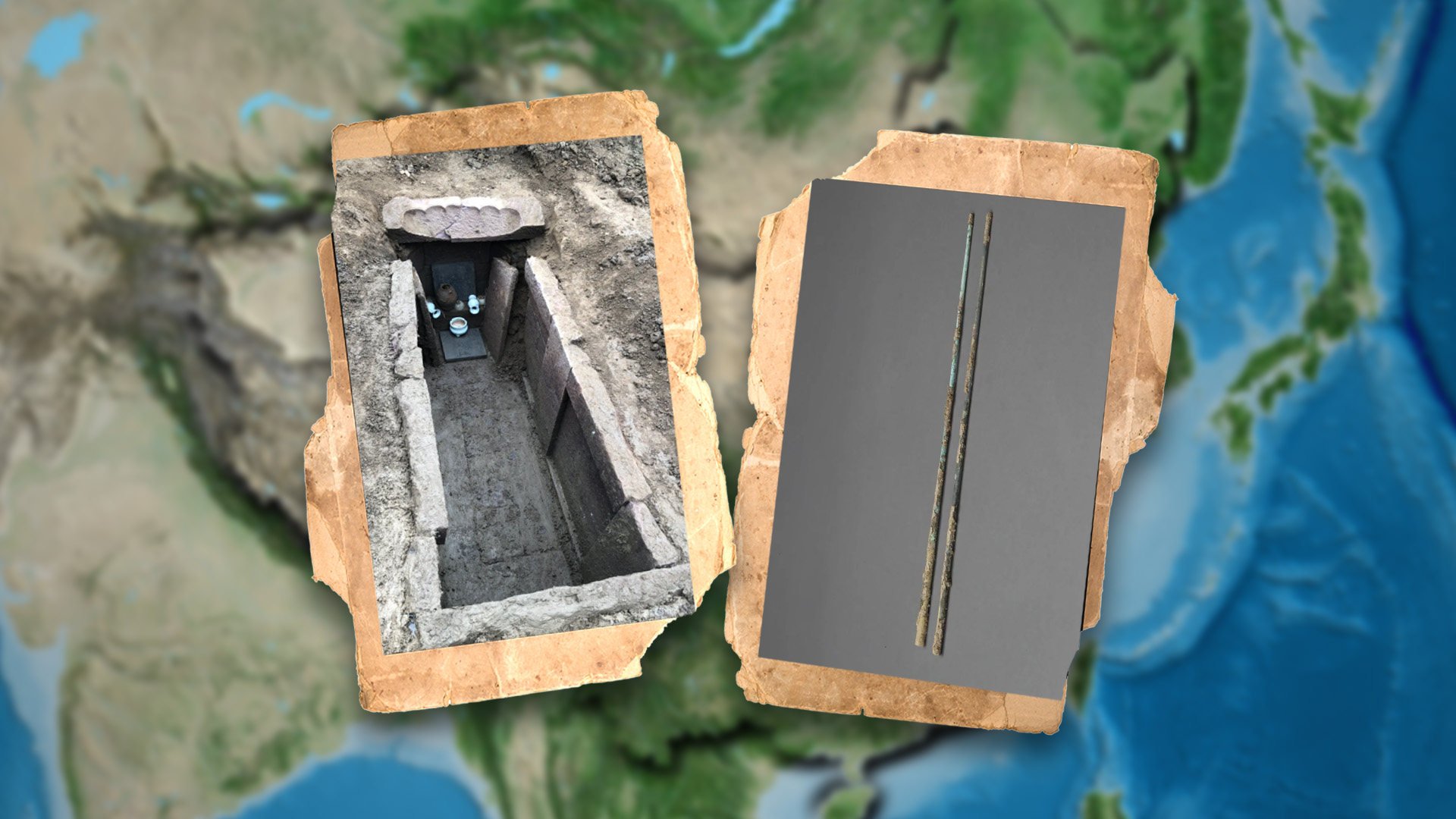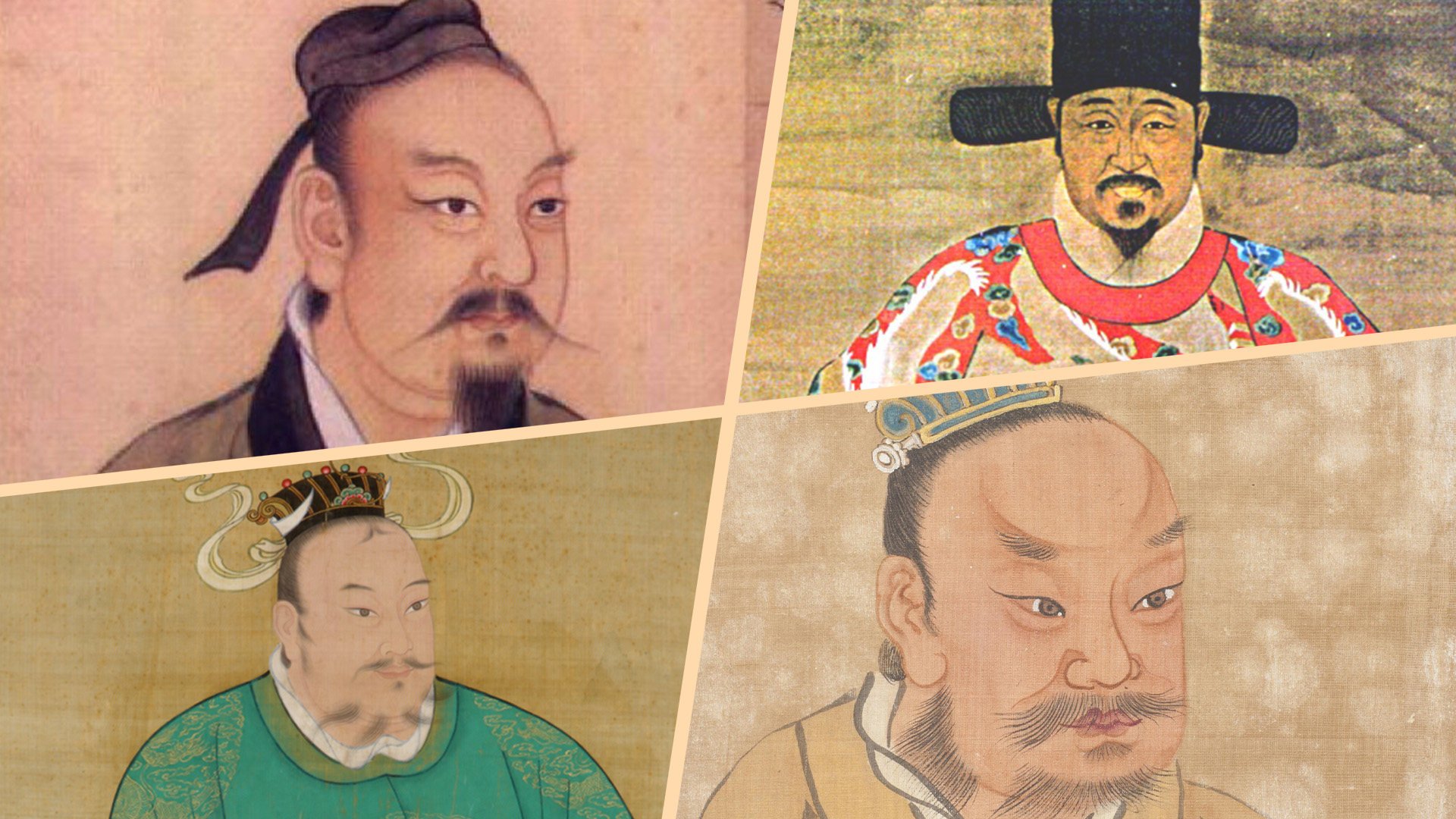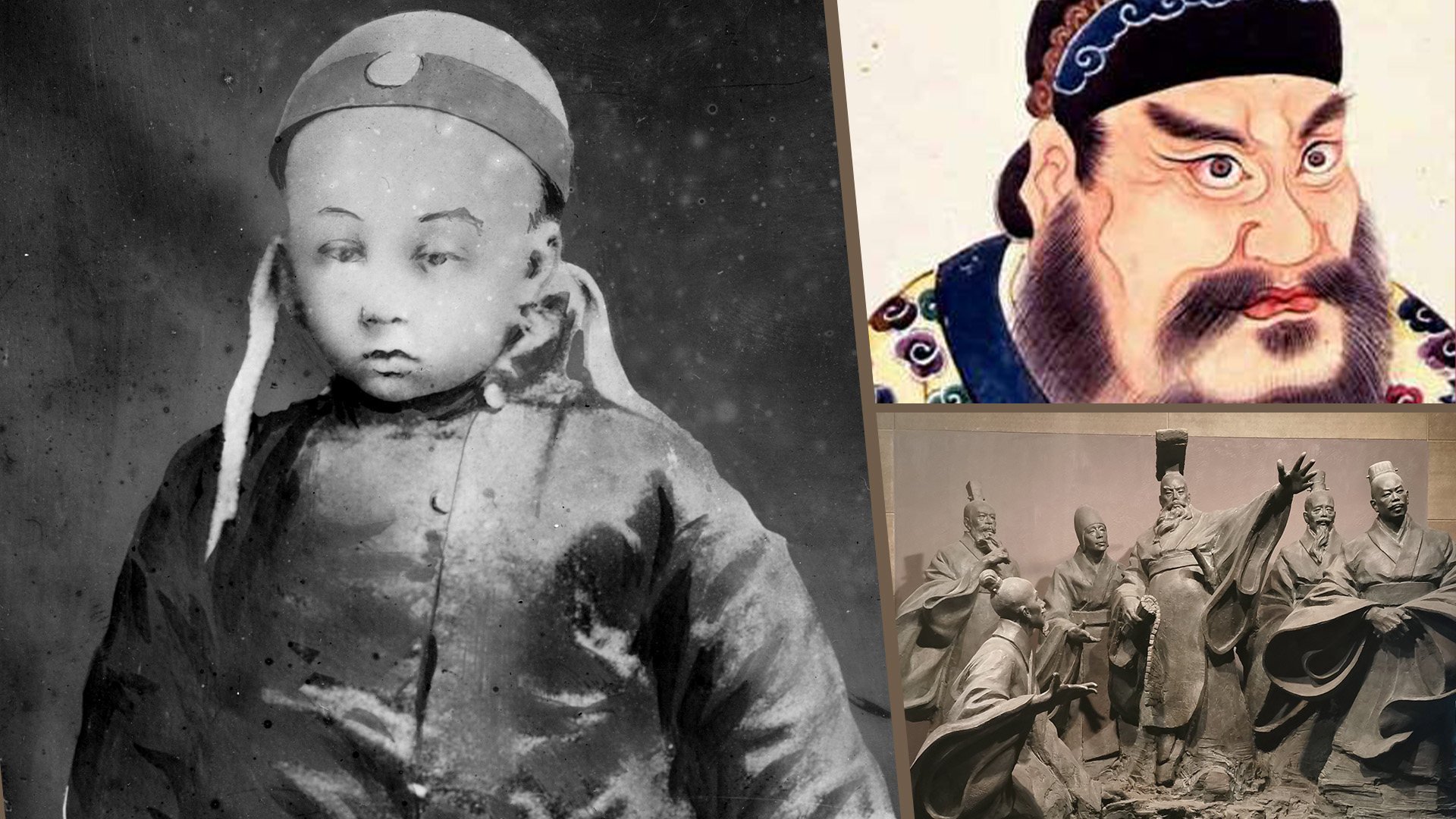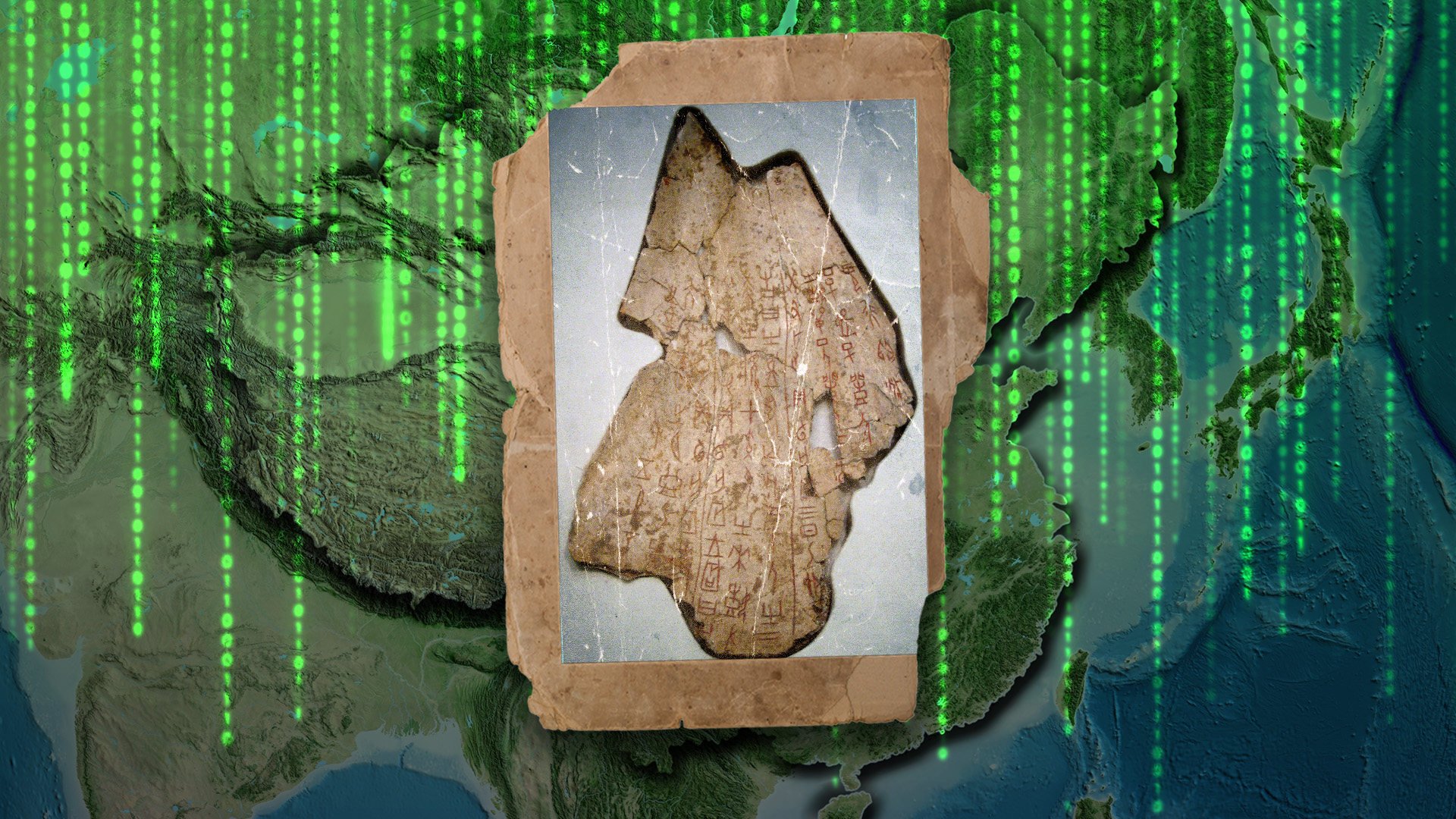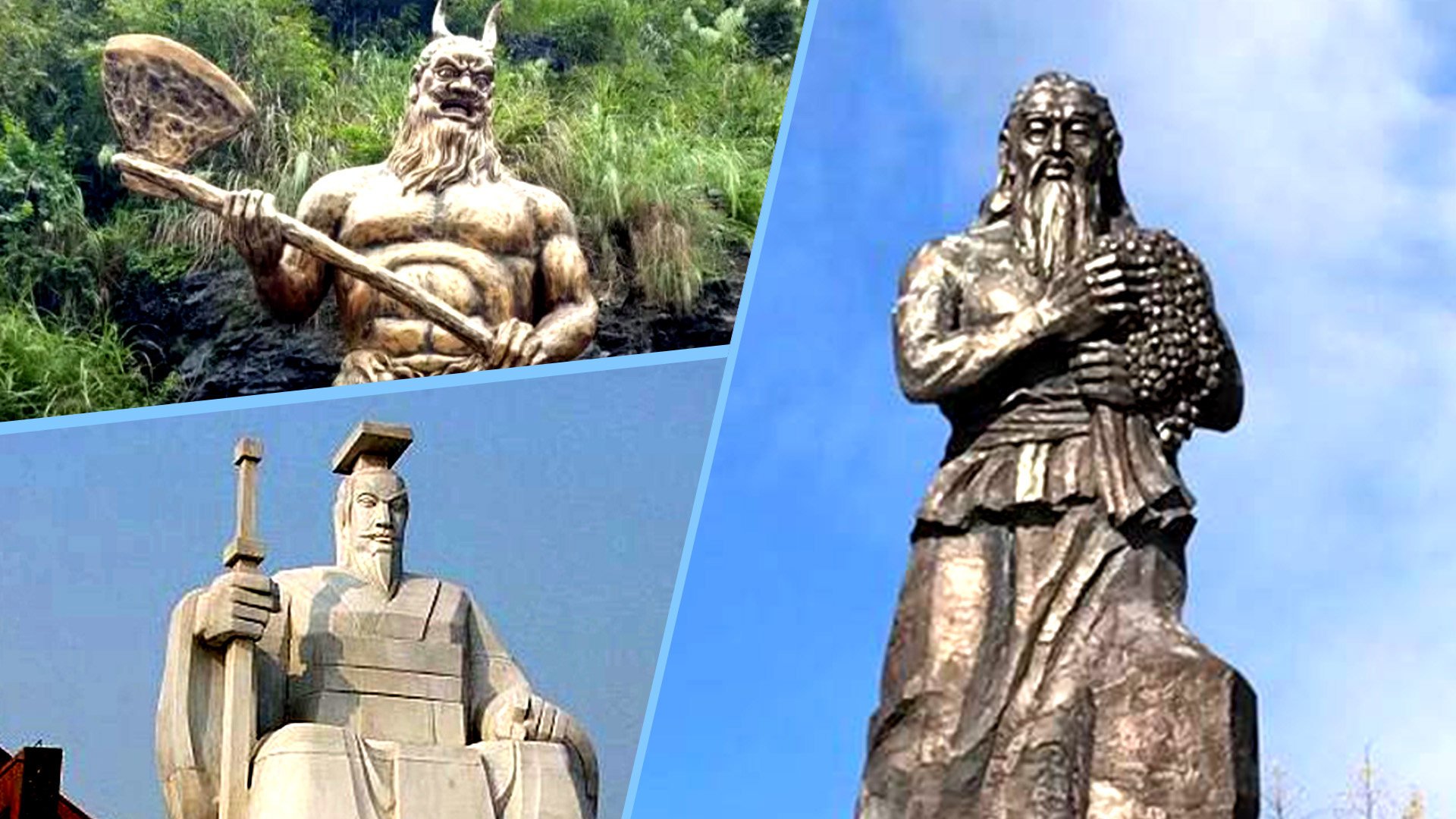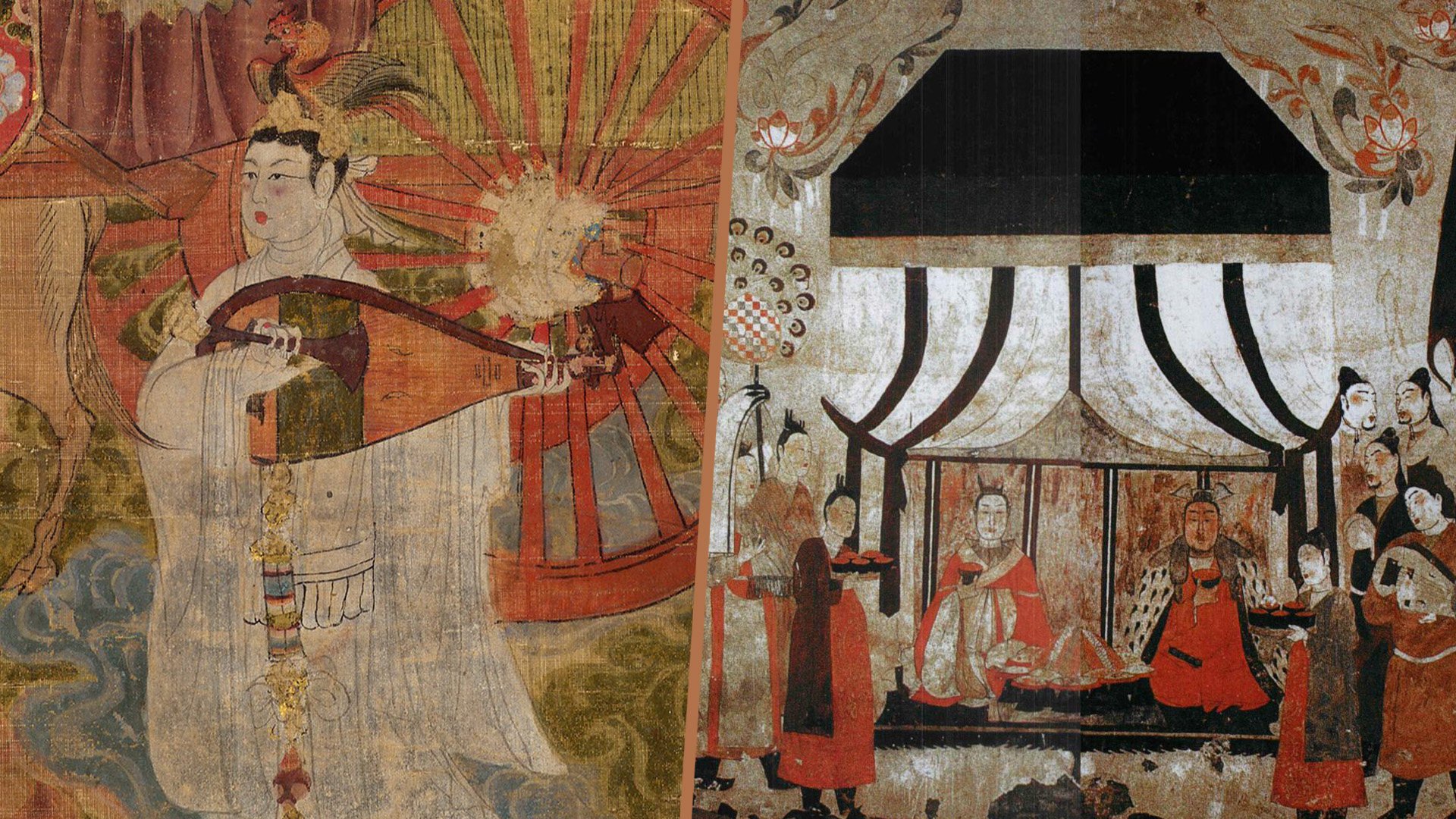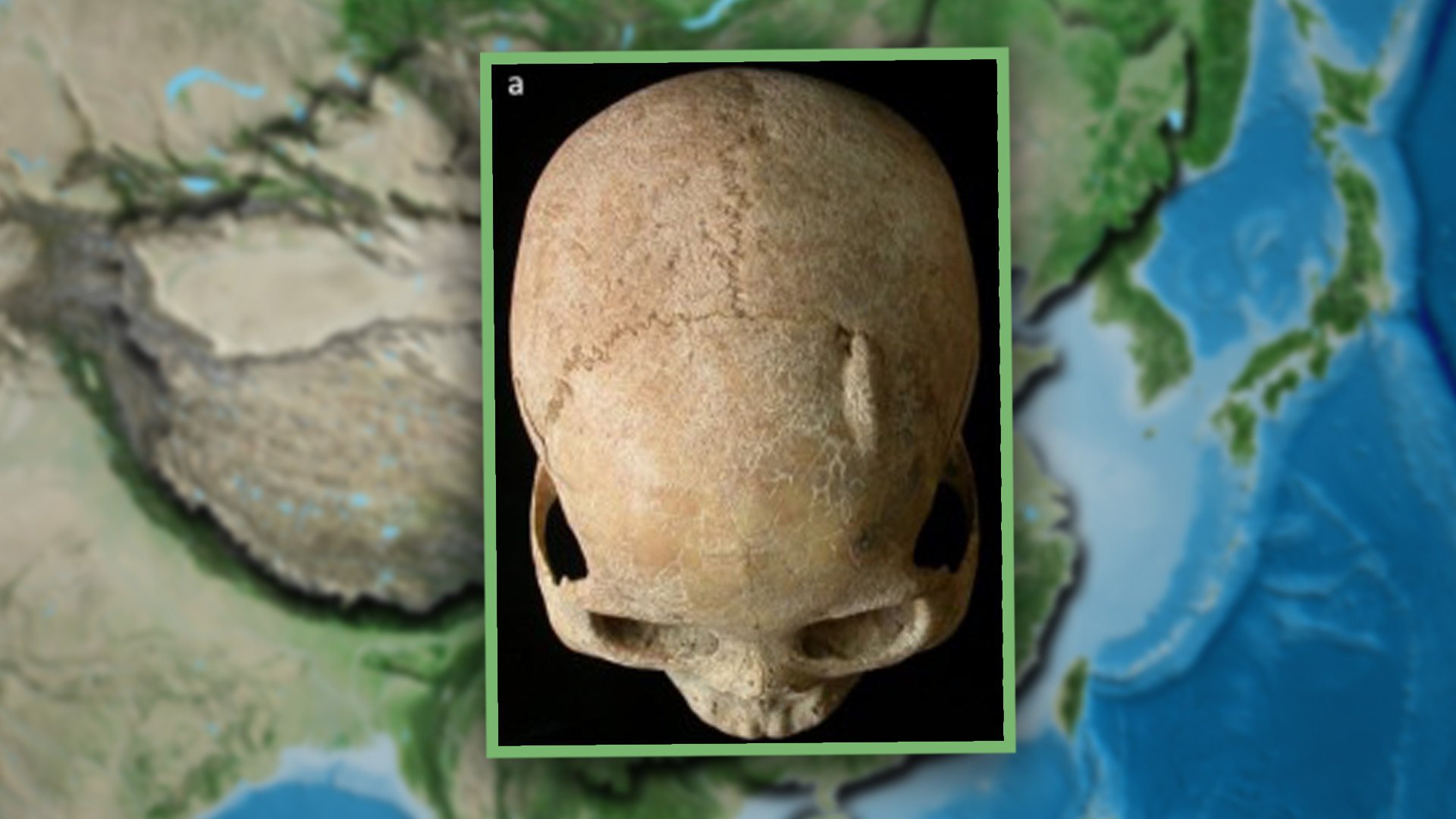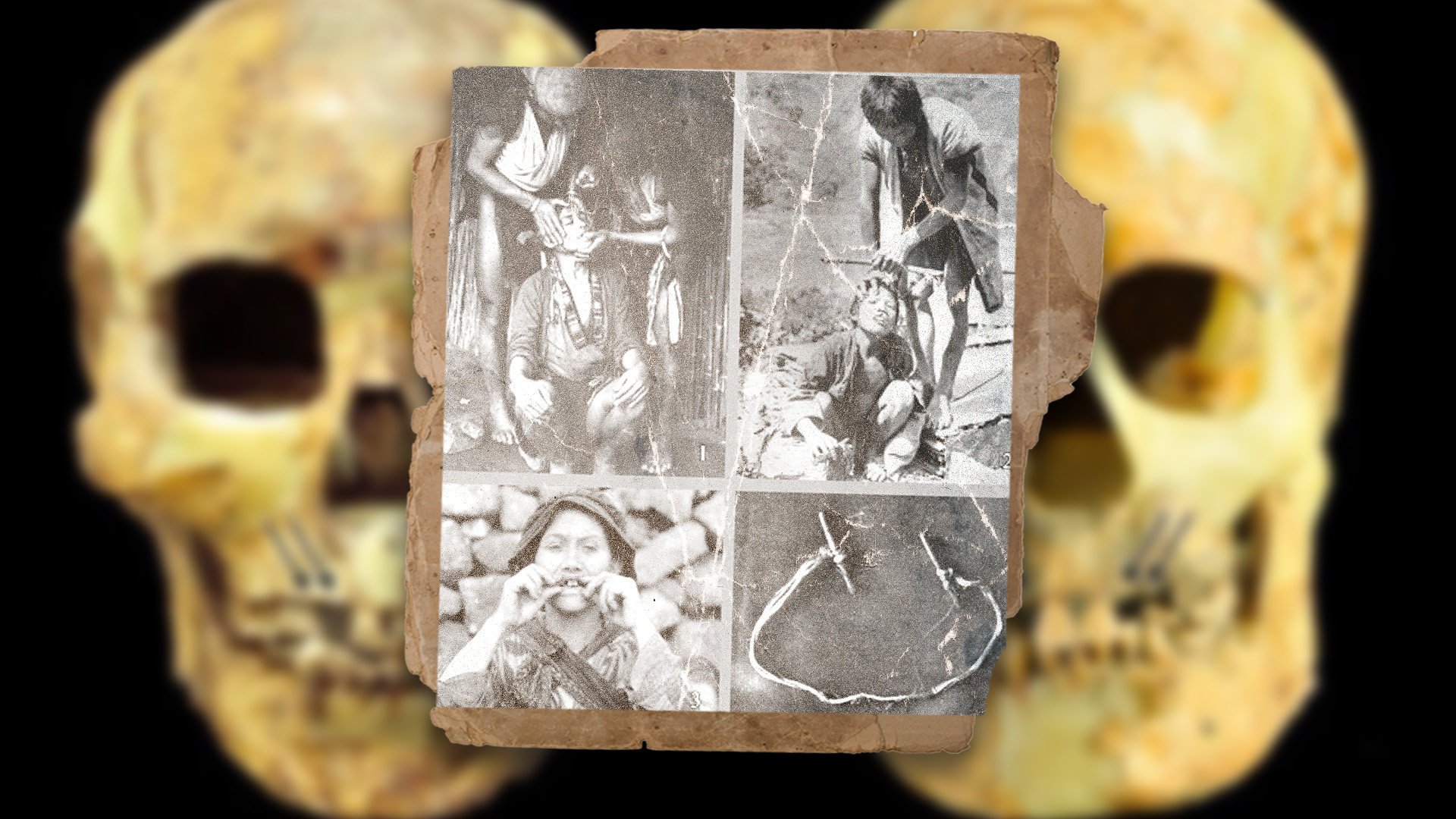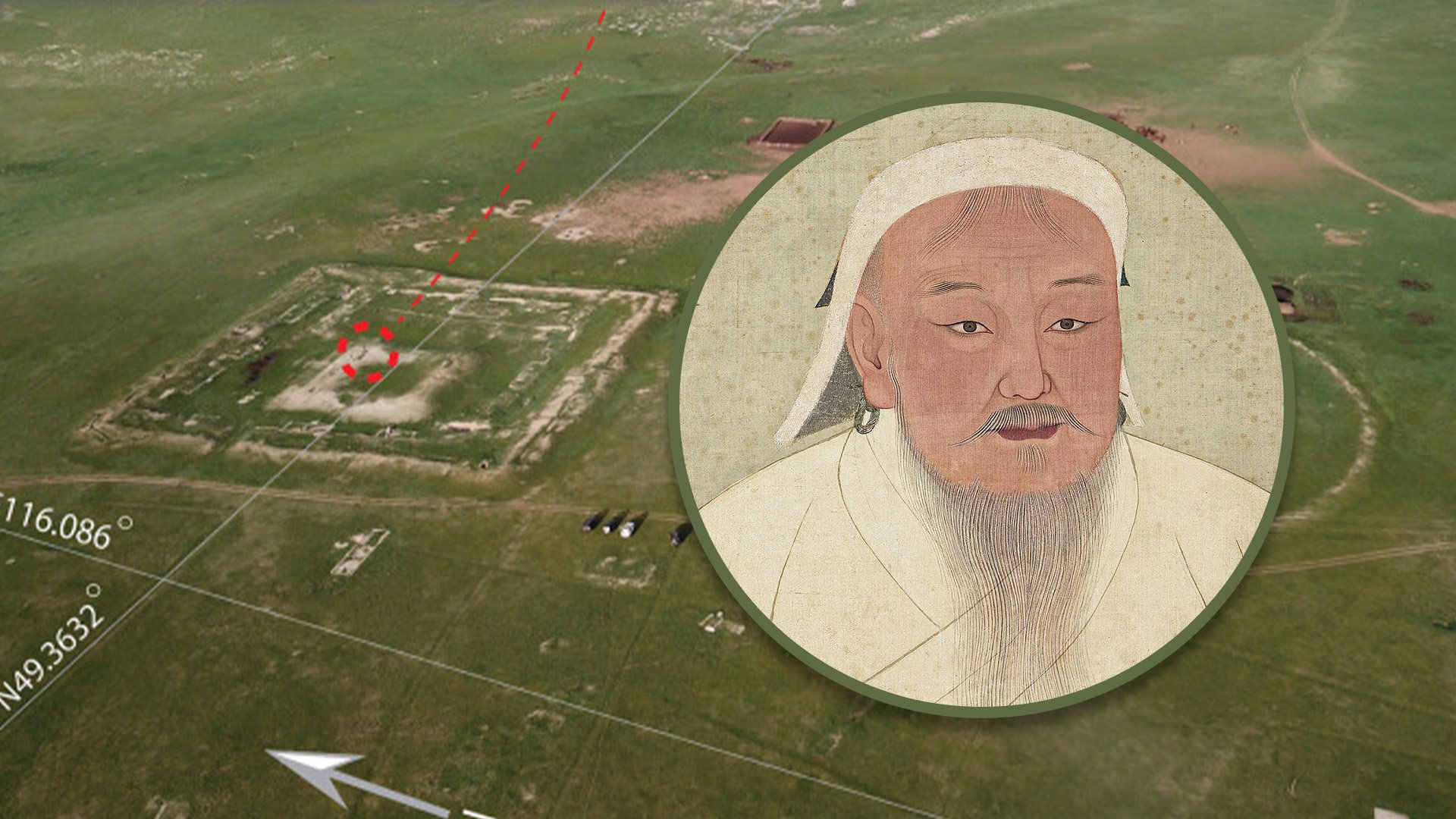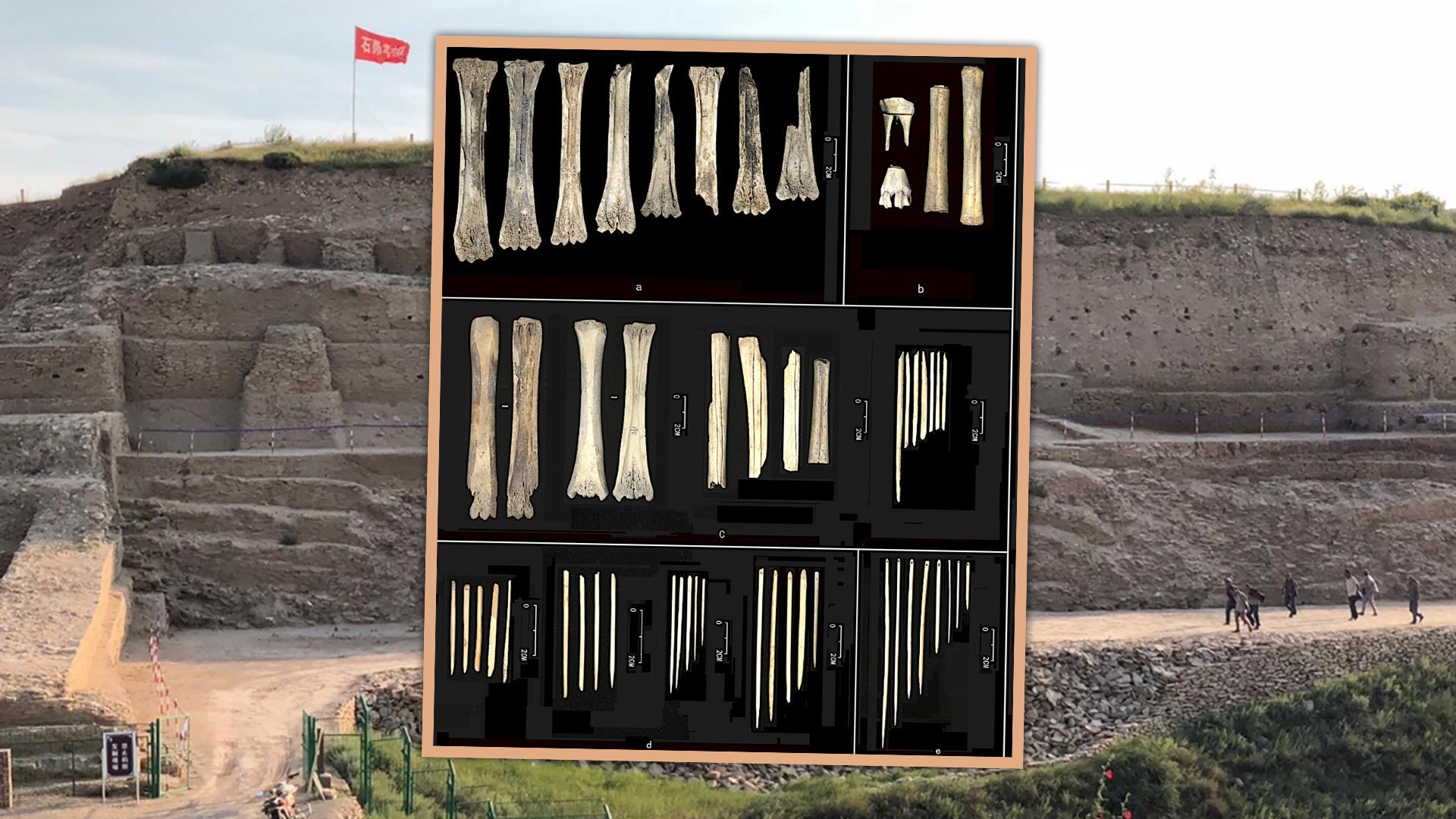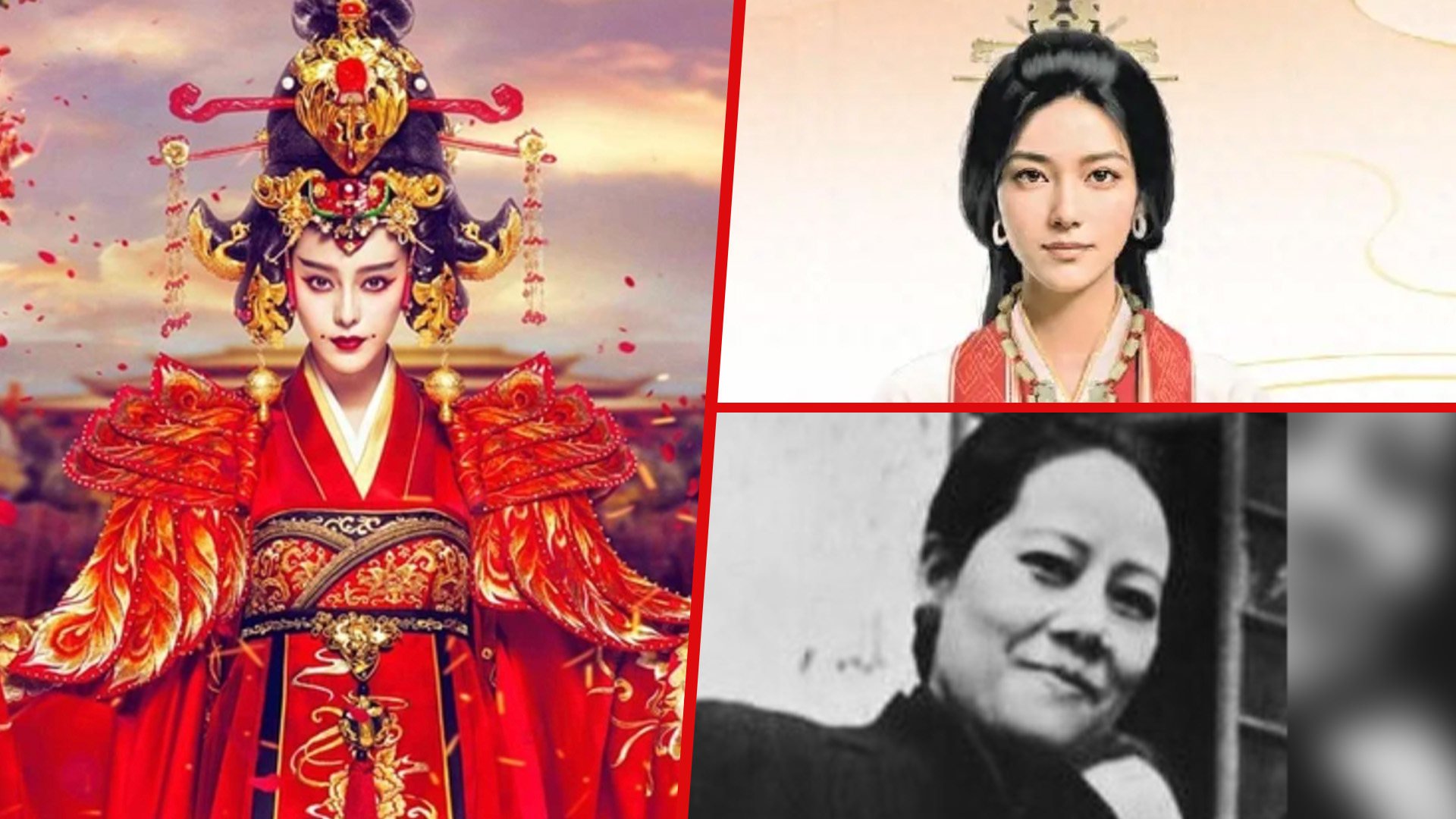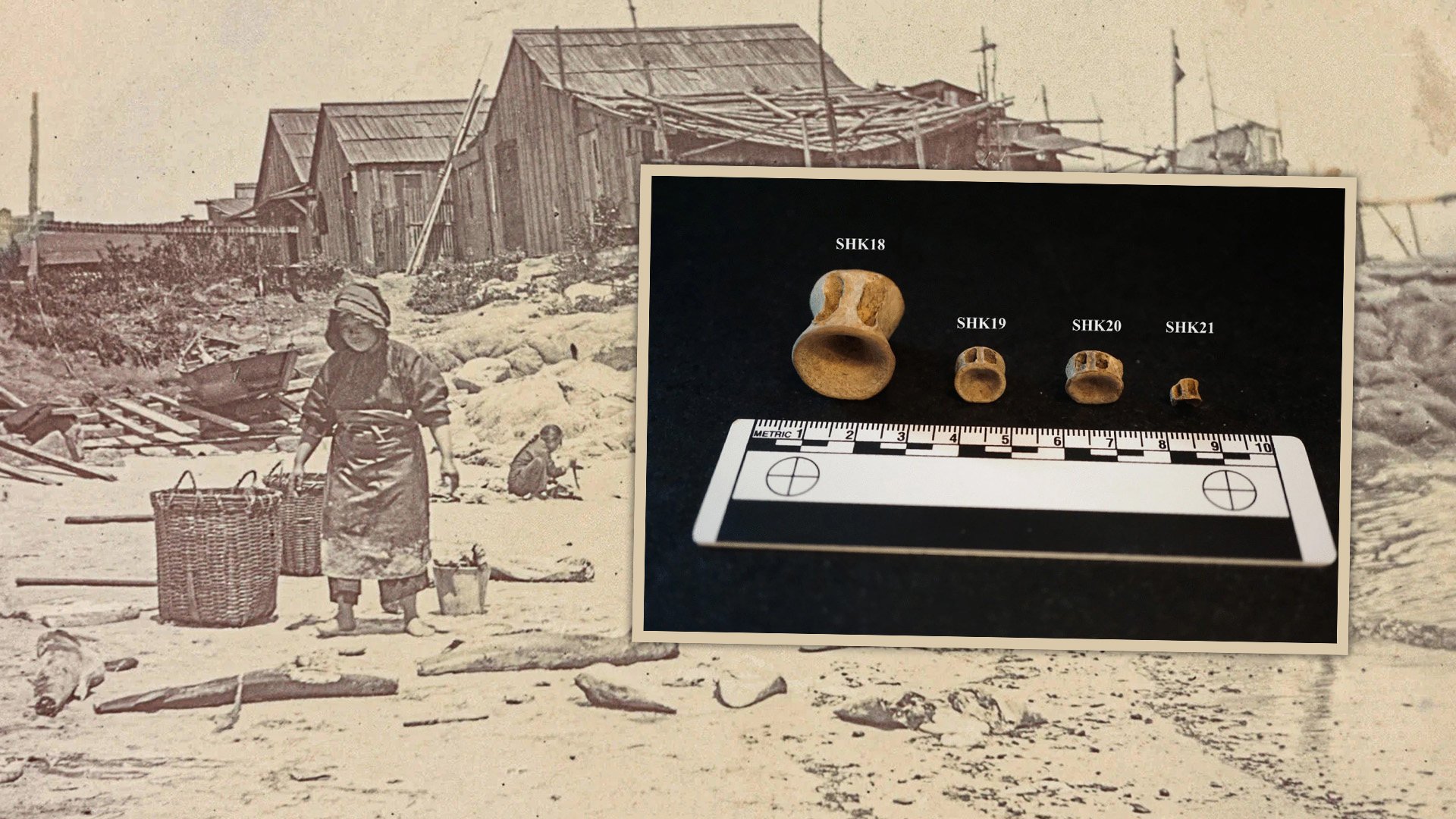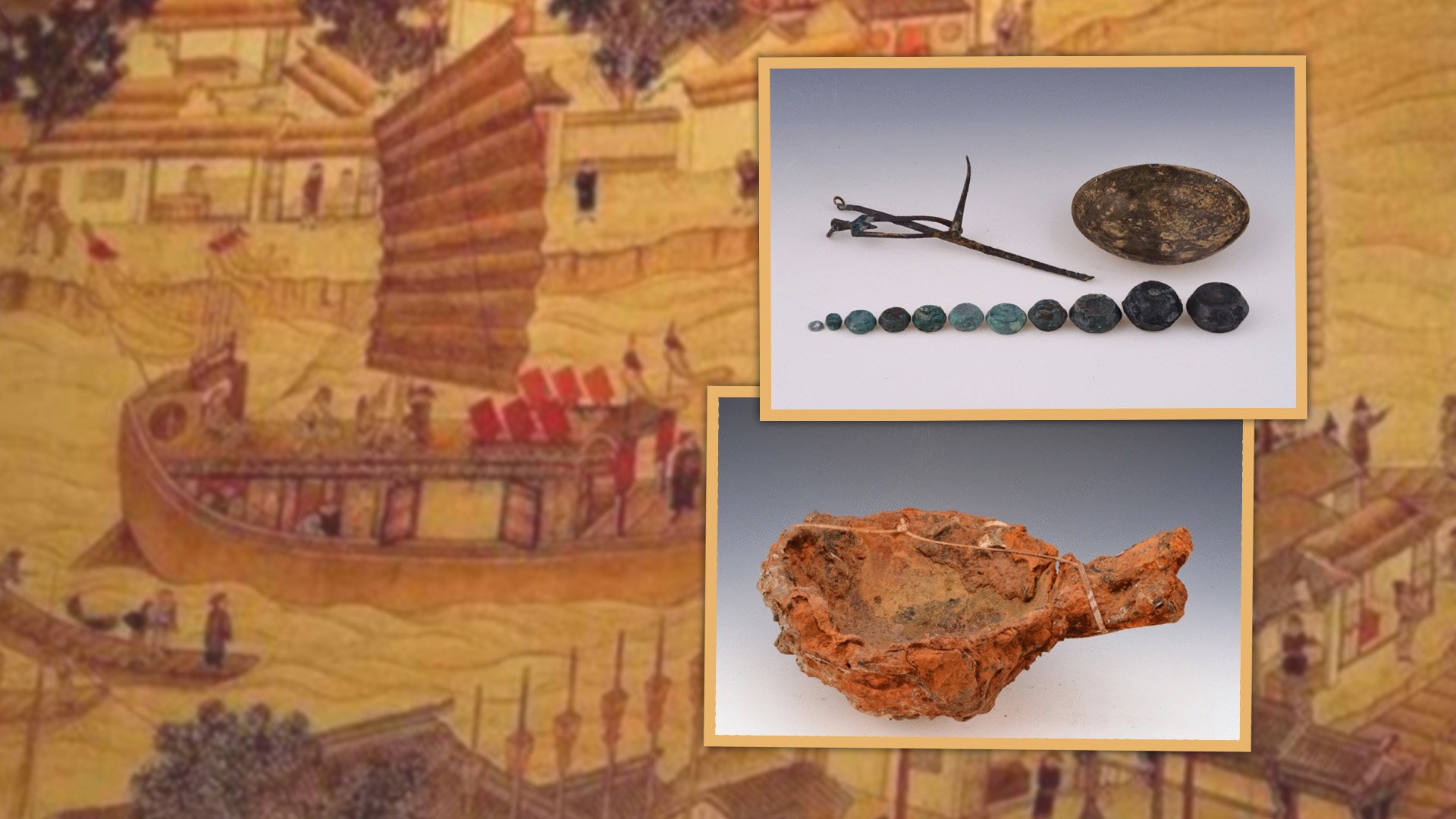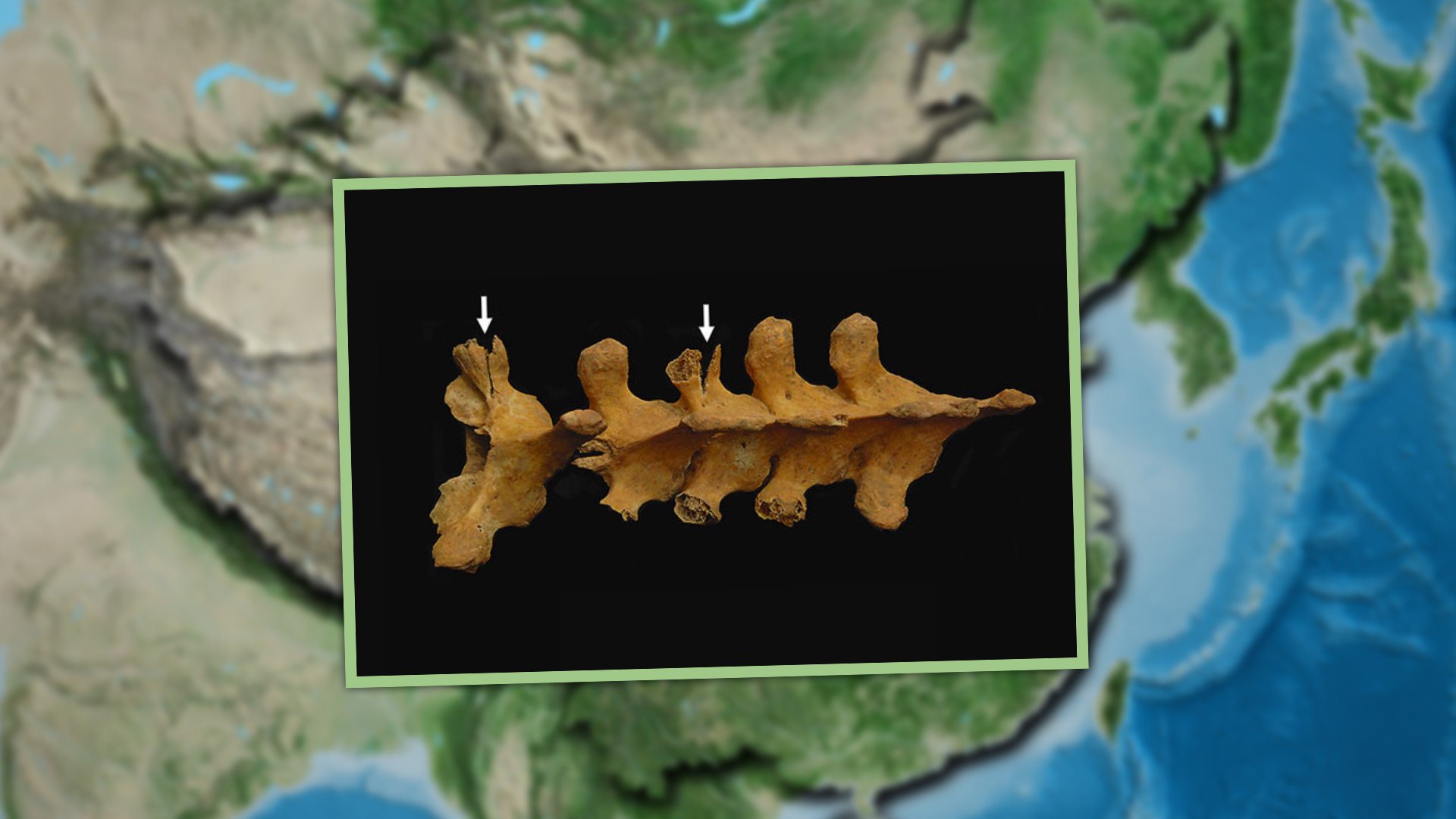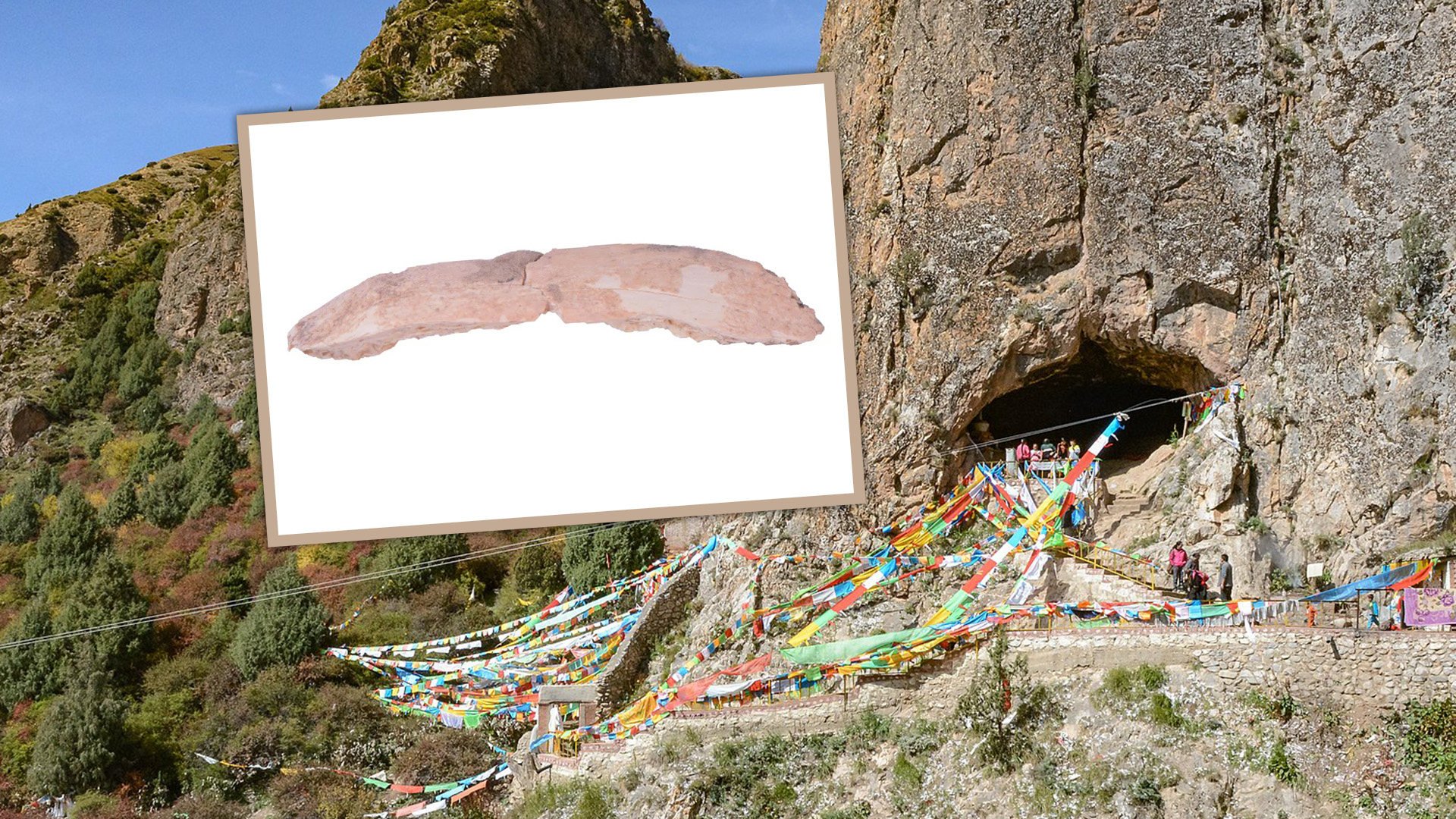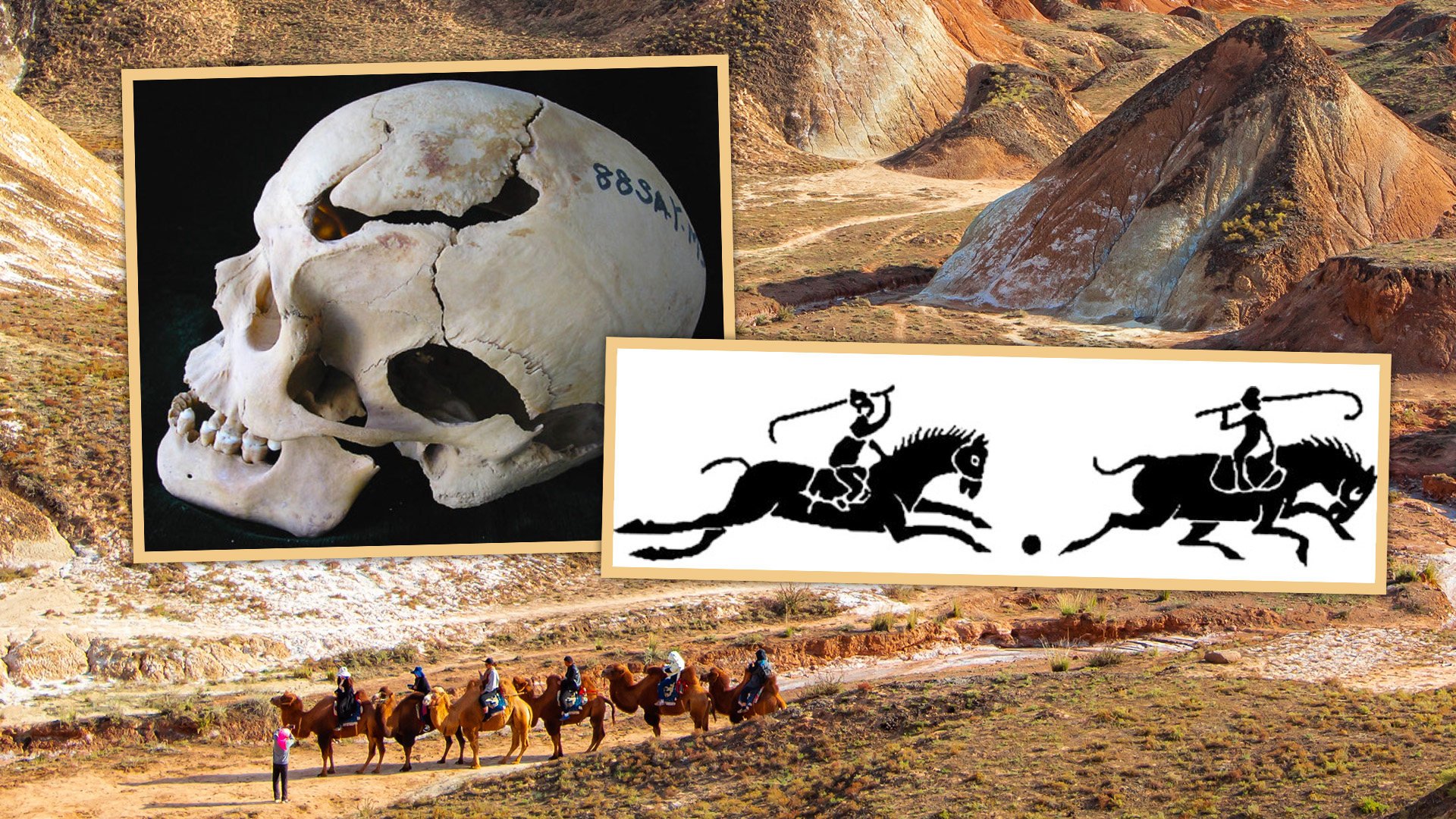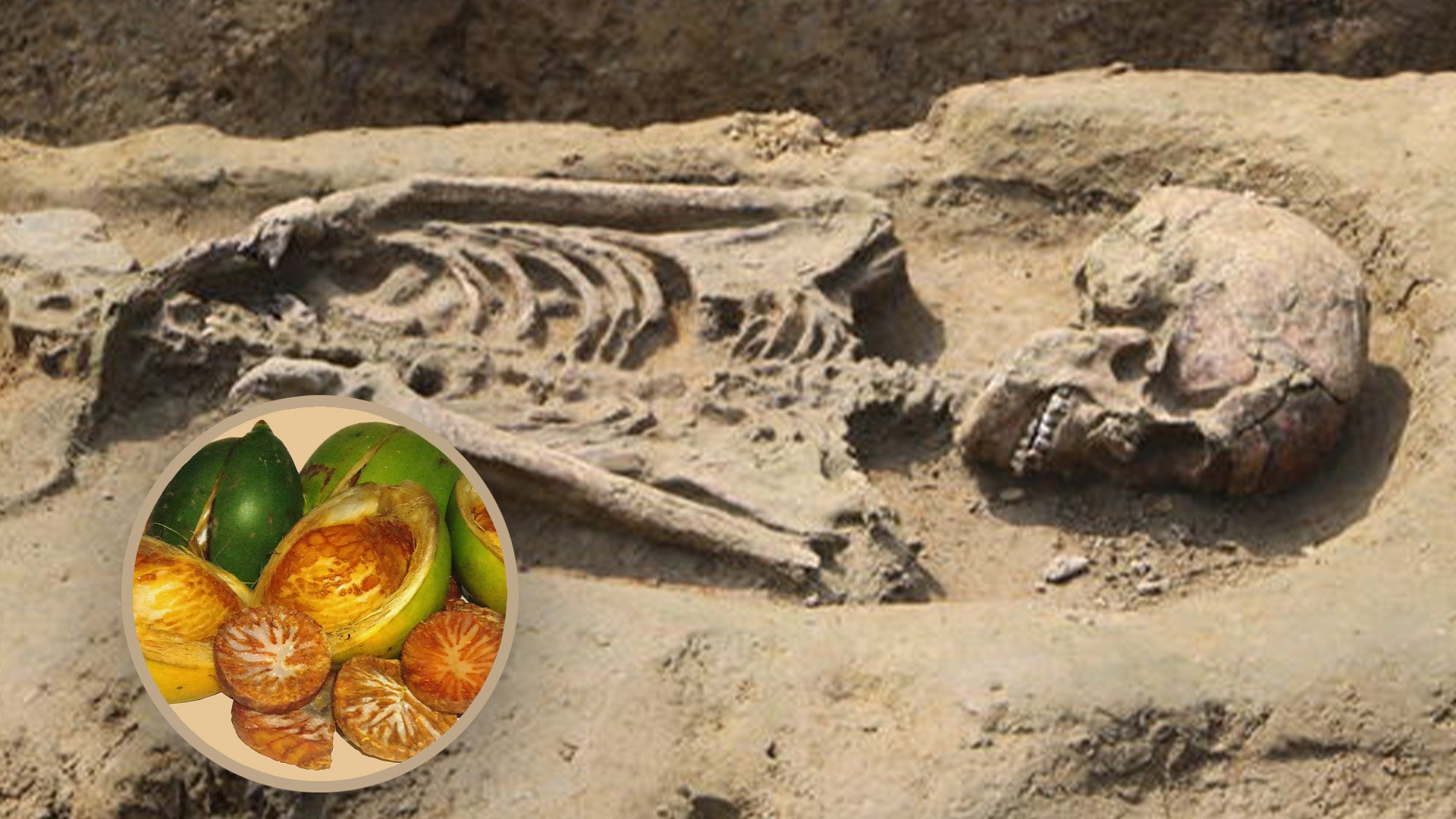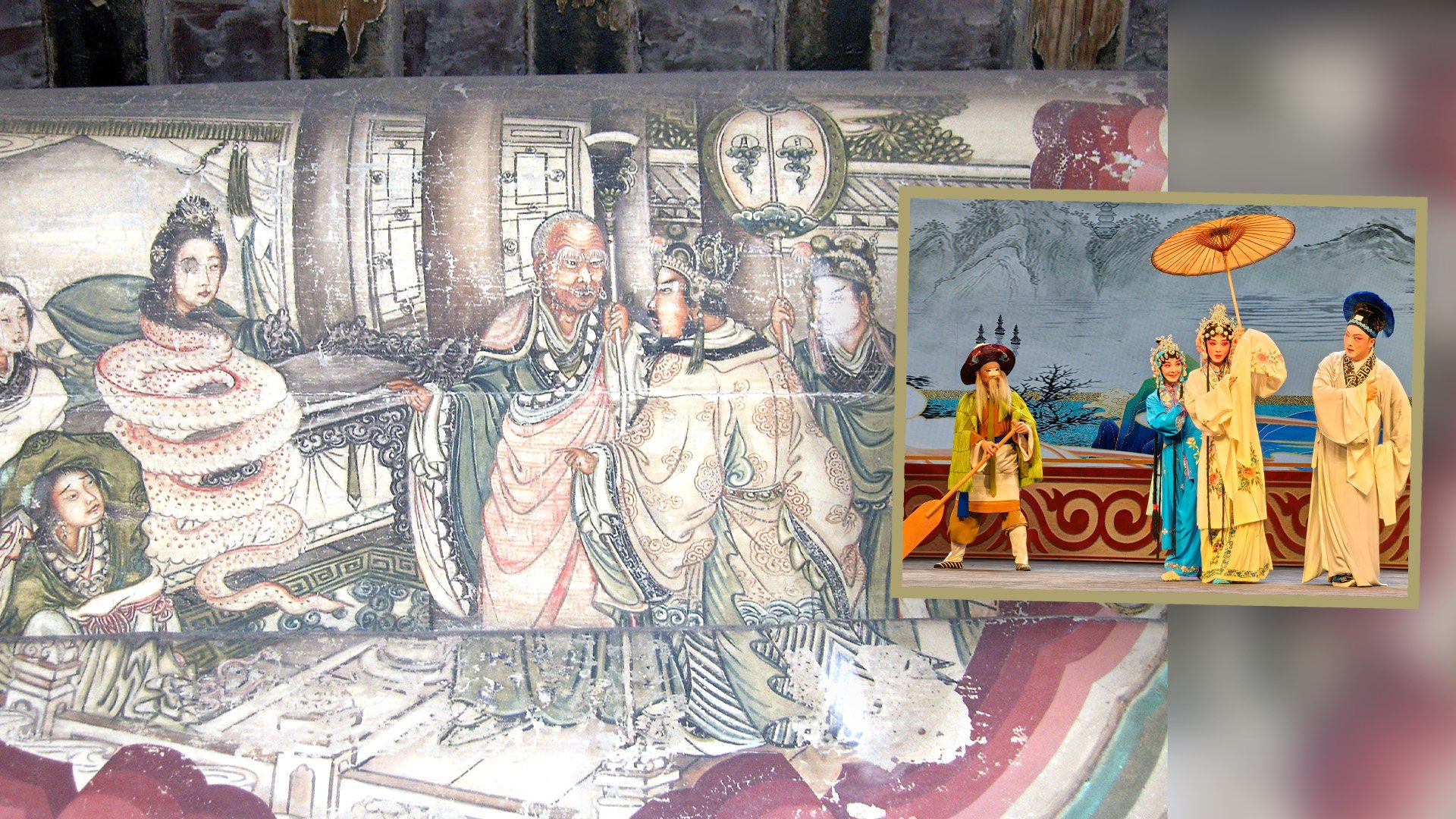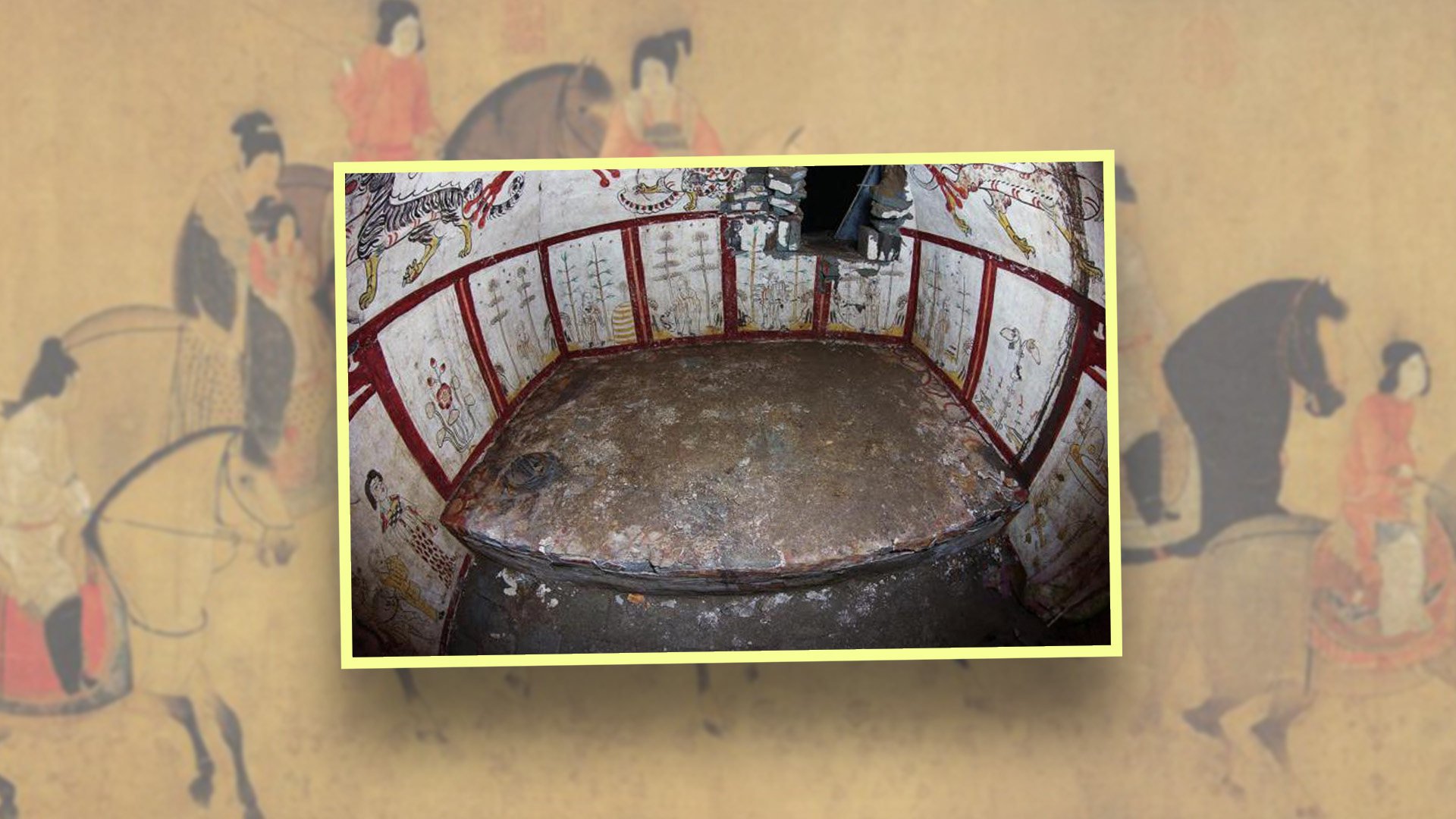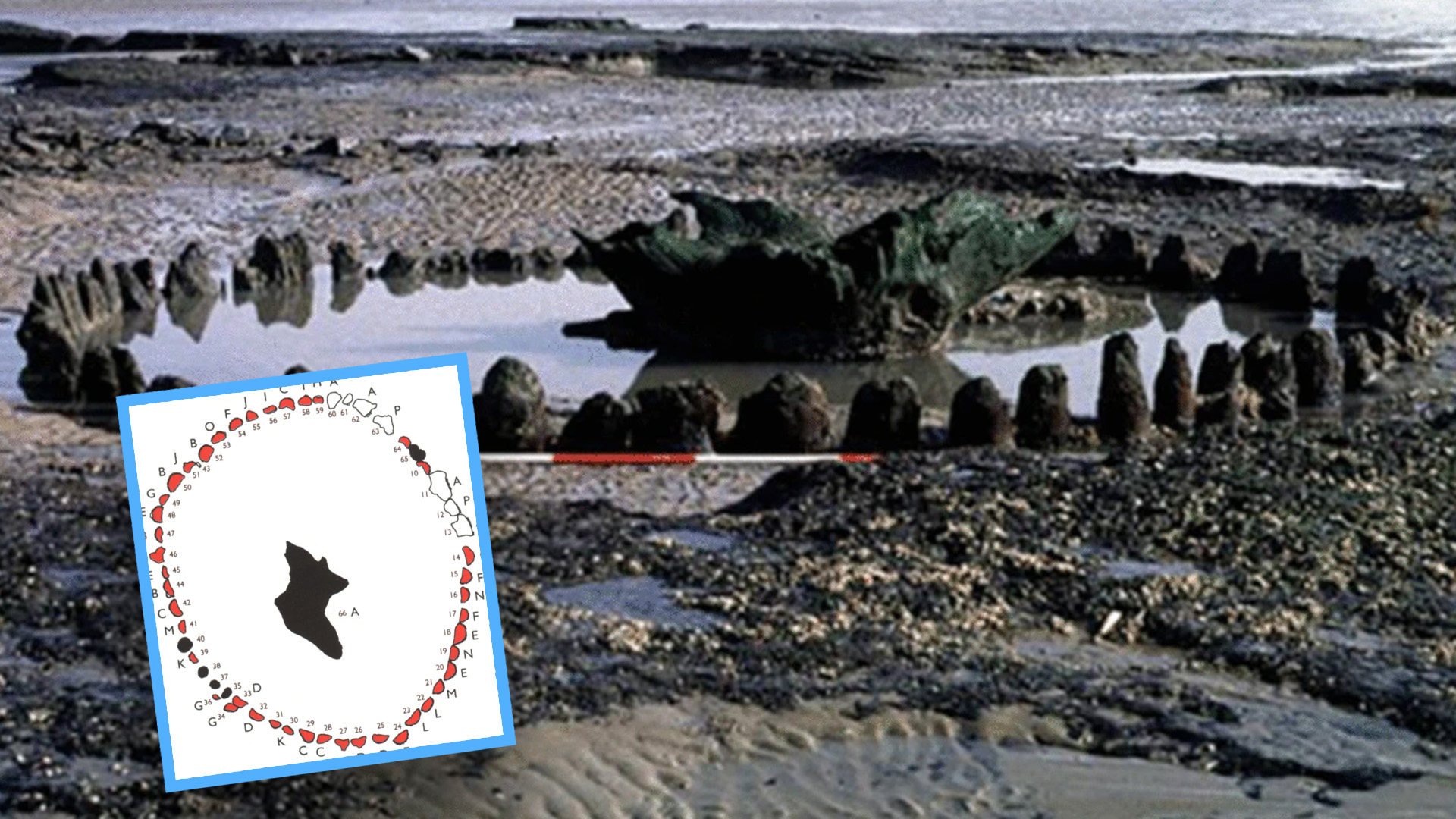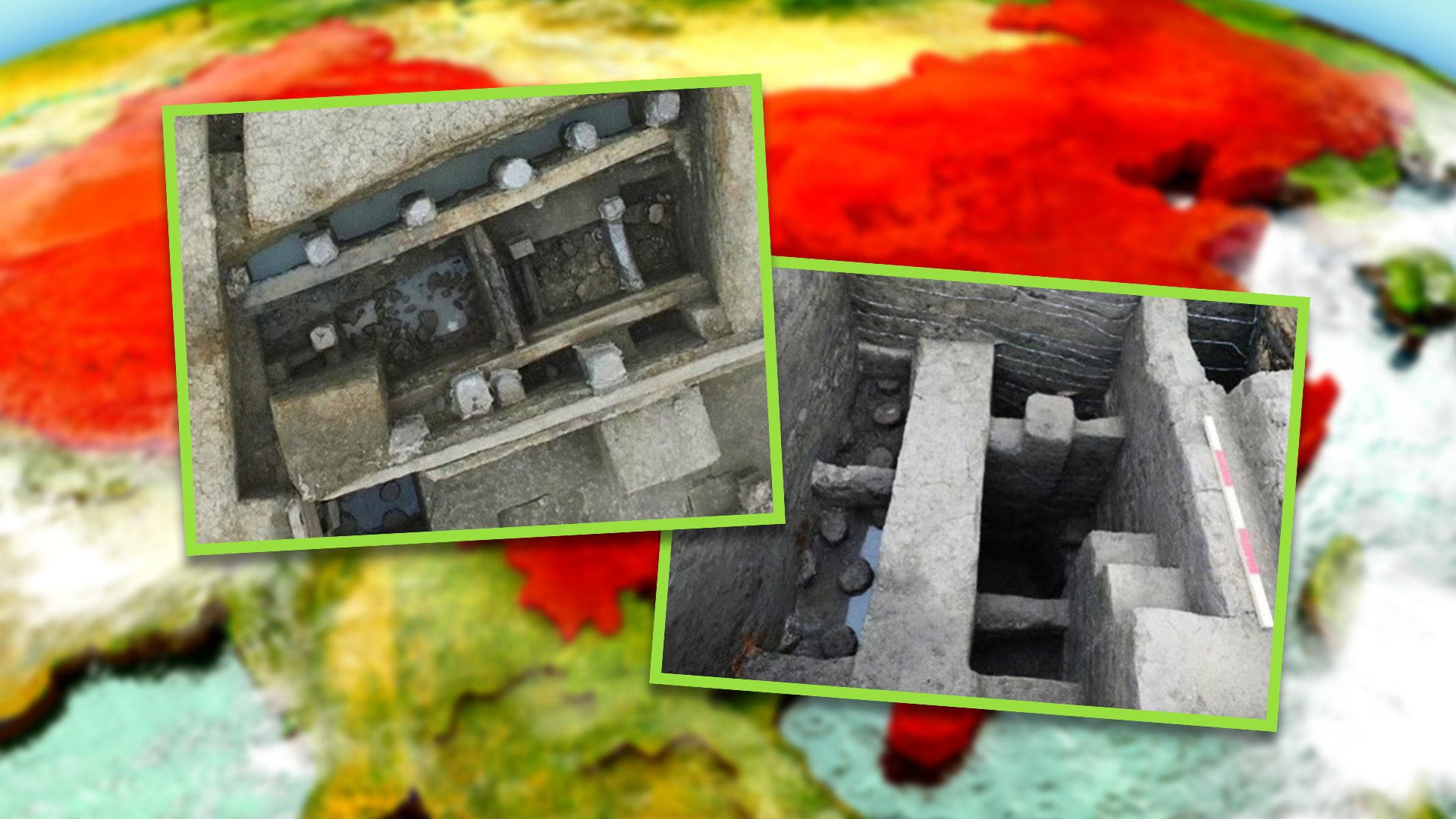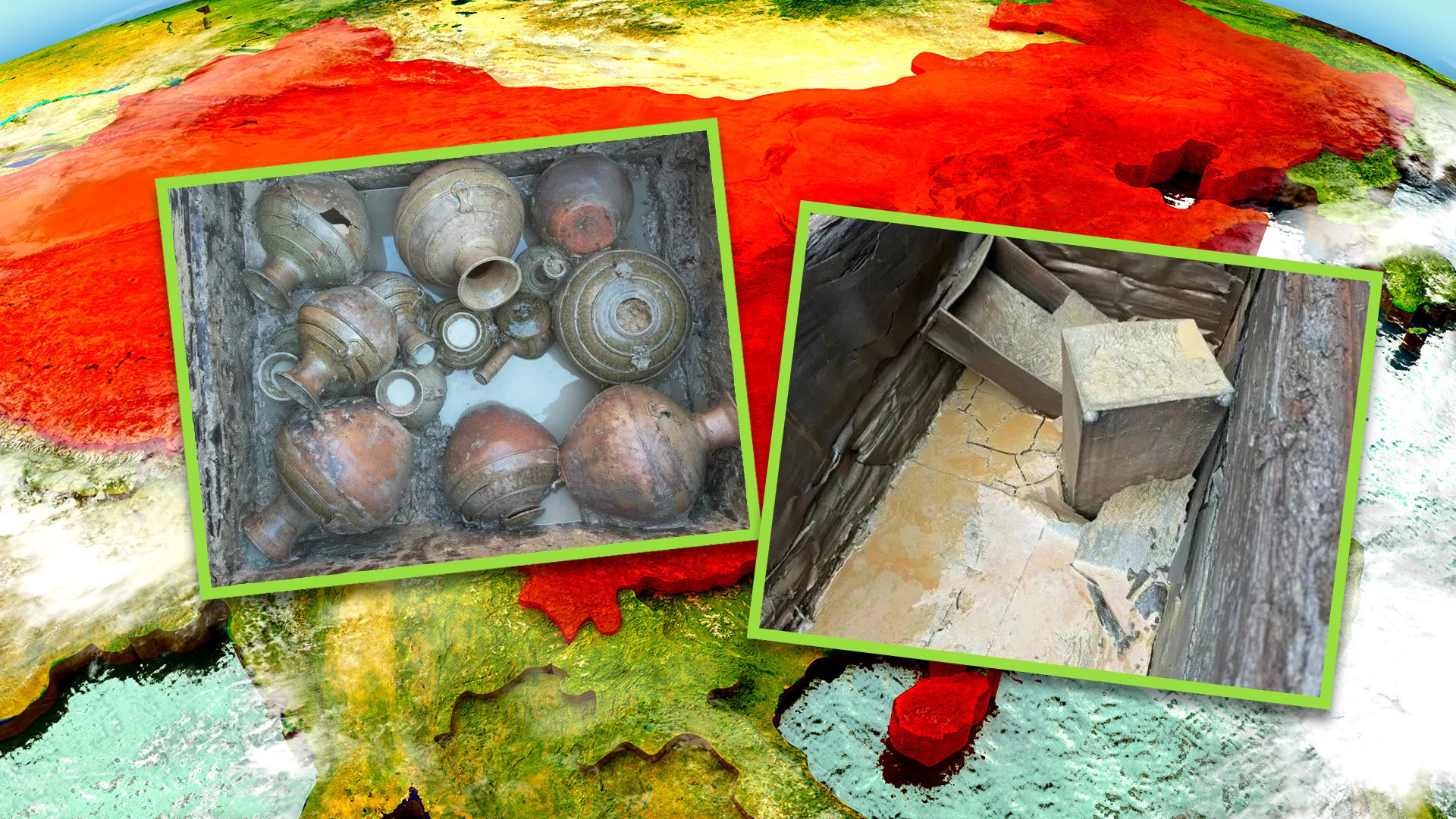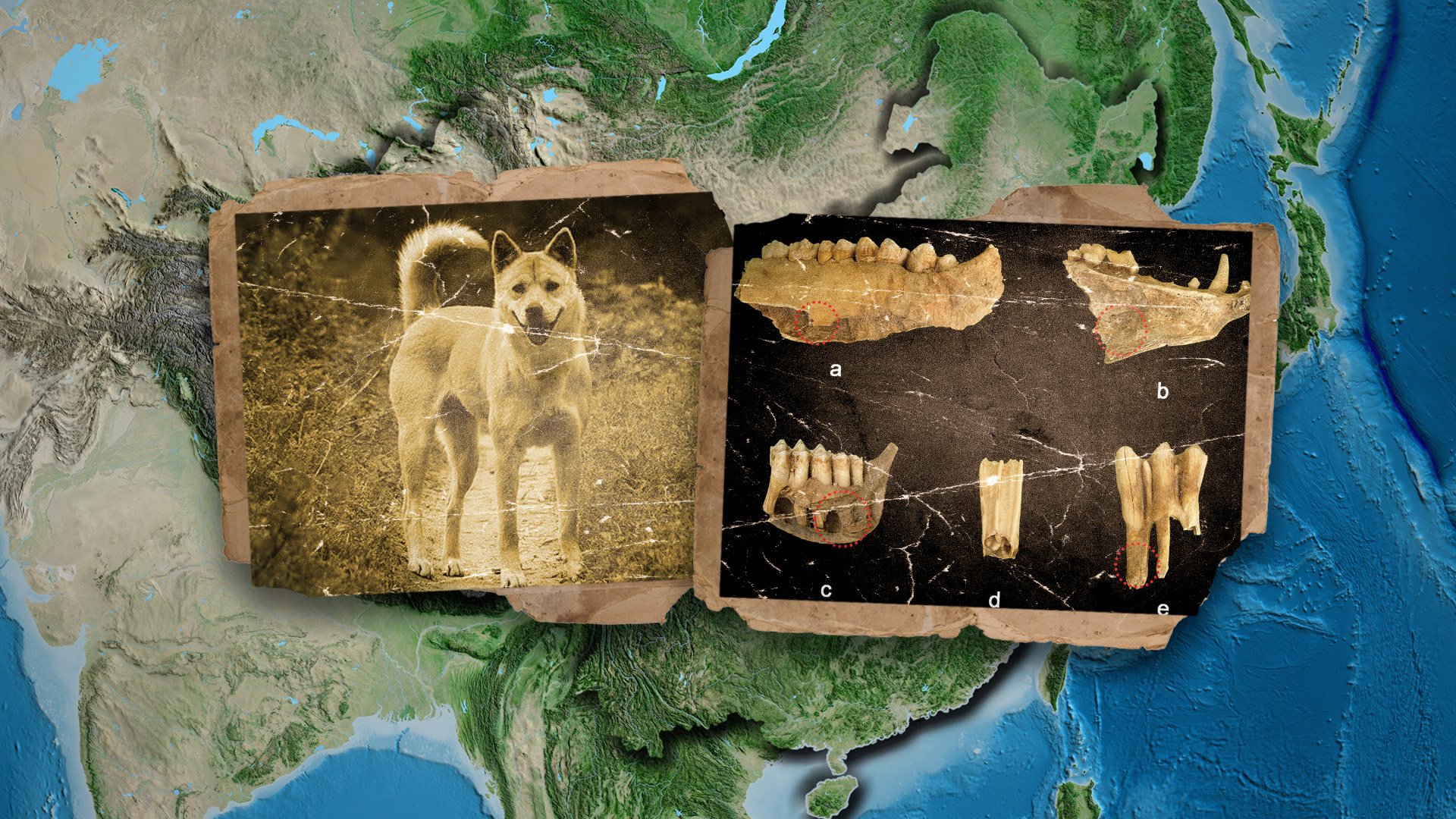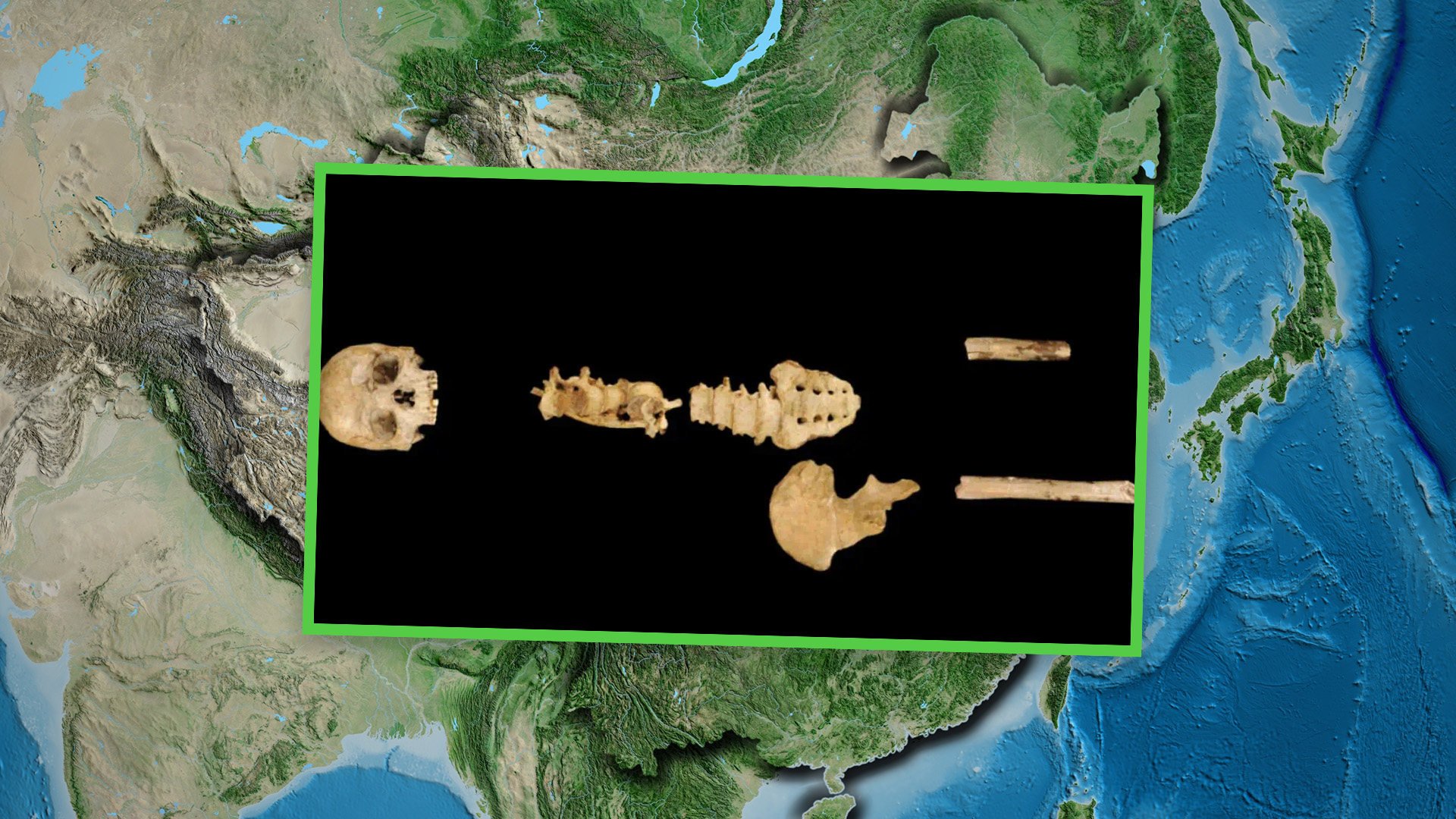Digital facial reconstructions are looking increasingly realistic, but do they add equal scientific value?
Chinese sports have existed for as long as civilisation has existed, some games were strikingly similar to today’s competitions.
China cosmetic industry during Tang dynasty was vibrant, featuring impressive diverse options with a wide range of ingredients.
Recent discovery of 800-year-old chopsticks highlights just how little the technology has changed over thousands of years.
These military geniuses transformed armies, toppled emperors, even battled pirates.
Whether they were progeny philosophers or boy emperors, their names are stamped in Chinese history.
Pattern recognition algorithm could determine if a 3,000-year-old oracle bone was written by someone left-handed or right-handed.
From invention of writing to discovery of tea, these mythological figures stand apart in the founding myth of Chinese culture.
Classical Chinese music has a distinctive sound thanks to instruments that have existed for thousands of years.
Researchers analysed two examples of resilience among ancient women and found a propensity to survive after traumatic injury.
A team of researchers painted an in-depth picture of the practice of tooth ablation, which was extremely common among Taiwan’s indigenous population.
Archaeologists excavating a 12th-century grave believe it can help them better understand the years that paved the way towards Genghis Khan.
The “Four Beauties” of ancient China are legendary women who helped shape Chinese history and were often favoured by kings and emperors.
Chinese history is dotted with examples of women warriors who changed the course of the country, and the Post highlights three of them.
A bone needle workshop in northwest China represents an important example of tool-making industrialisation.
As modern billionaires become increasingly wealthy, the Post examines three of the most famous and richest women in Chinese history.
A fishing village in California was the lifeblood for some of the earliest Chinese migrants to America, and it played a crucial role in the shark fin trade at the turn of the 20th century.
The excavation of the Nanhai No 1 shipwreck revealed a robust smuggling operation in ancient China and a government that condoned it.
A team of scientists analysing a victim of human sacrifice concluded that the man was likely used as an offering to the inhabitants of the tombs.
Scientists analysing a fossilised rib bone believe it belonged to a Denisovan, the mysterious ancient cousin of Homo sapiens.
The Silk Road was a dangerous place in ancient Asia, and a duo of researchers painted a picture of how the violence manifested thousands of years ago.
A pair of ancient bones found in Taiwan featured red stains on their teeth, which experts say is proof of betel nut consumption.
Catholicism was decriminalised in China in 1669, opening up an era of ethical debate and ideological dynamism.
The “Legend of the White Snake” is one of China’s four great folktales, but it has reinforced negative stereotypes about women for centuries.
Archaeologists in China revealed beautifully preserved murals from a small tomb dated back to the 8th century.
New research into “Seahenge” suggests the monuments were built as a plea to extend summer amid a frigid climate.
Archaeologists in China revealed the remarkable architecture that allowed a Song dynasty pagoda to stand for more than 1,000 years.
Archaeologists have discovered wonderfully preserved artefacts from around 1,800 years ago after a Chinese city decided to expand a local park.
New research suggests that ancient Chinese dogs likely subsisted on grains cooked by humans that were either provided as meals or scavaged.
A team of researchers reexamined the age of the important “Liujiang Man” skeleton in China and discovered it was tens of thousands of years younger than initially believed.

